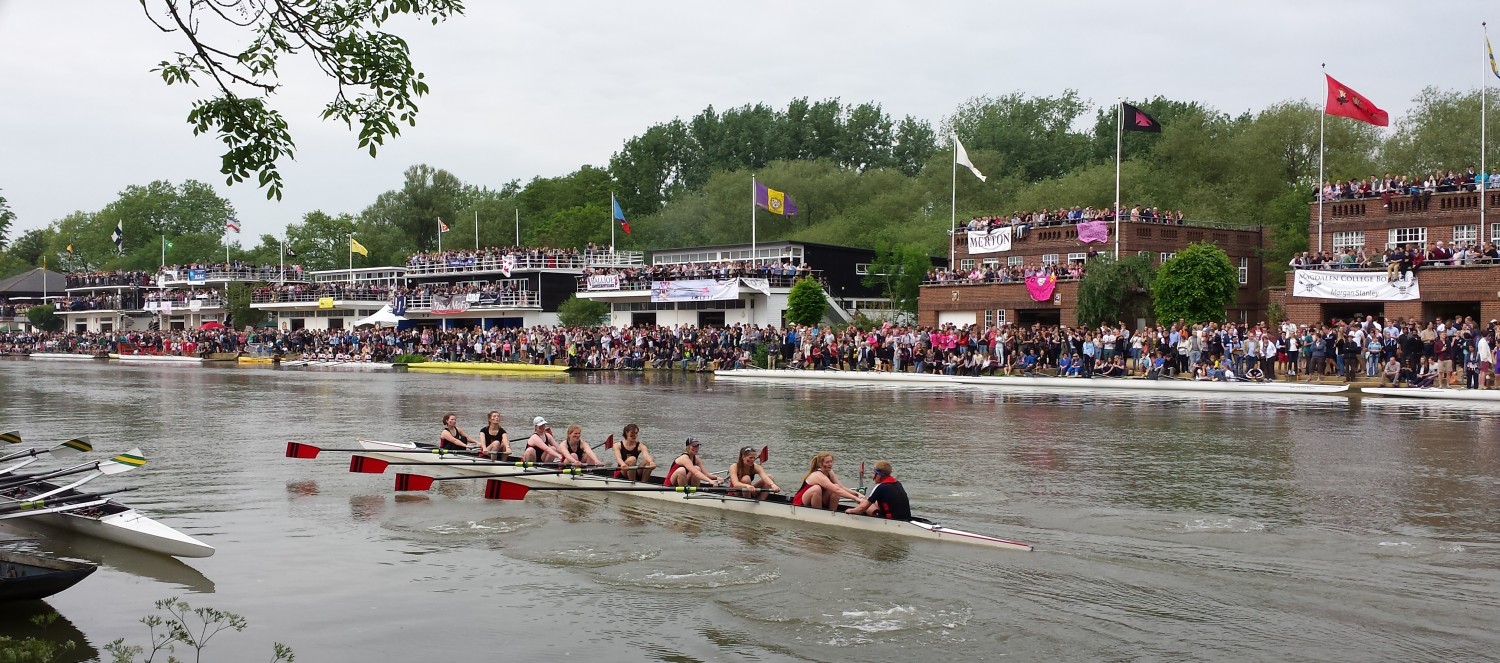Are you a crew before you get out on the water?
By Howard Aiken
I get to watch many squads of competitive rowers at regattas and other competitions and have concluded that you can tell a great deal about the competitive capabilities of crews long before they reach the start line. Just watching how a crew carry their boat and put it on the water gives a good (not infallible) guide to their performance in the race. Watching them manoeuvre their boat on the water gives more clues. If one crew can spin their boat while keeping it balanced and the other crew can’t spin their boat without putting at least one set of riggers underwater I know which crew I’d back to win.
Every rower should know that an outing starts when the cox calls “Hands on!” to get the crew to lift the boat off the rack or trestles. From that moment until the boat is back on the rack, they are a crew. There are crews who will approach the apparently simple task of lifting the boat with their full attention. They will work together, moving together, and when they lower the boat onto the water bows and stern will touch the water together. Other crews will lift their boat as if it was luggage and are quite capable of having one end of the boat in the water while the other end is still being held at ‘waists’. Even if such a crew begins to concentrate on working together once they are in the boat, the crew that began working together at the words ‘”Hands on!” is several minutes ahead of them in the process of establishing the level of shared concentration required to row well and win races.
From the coaching point of view, the challenge is to get your rowers to treat every part of the outing as part of their rowing, deserving the same concentration and attention to detail as a racing start or a balance drill. This can be a hard message to get across, particularly if the crew has got into bad habits, so to be honest, I simply tell crews that this is how I want it done and I put them right if they do otherwise. The cox has a key role in helping the crew raise this aspect of their game. He or she is an important ally in creating and reinforcing awareness that there is a ‘right way’ to lift a boat, to put a boat on the water, to spin a boat at the end of a reach etc. Good boat handling is more than just getting the boat to the water without breaking it or injuring bystanders (which I think everyone would agree is ‘bad’).
We know good performance when we see it. It is the crew who lift and move their boat with a minimum of fuss or comment and keep it level through ‘Waists’, ‘Shoulders’ and ‘Heads’. They put it on the water in controlled way, keeping it level because they are moving together. They will impress the competition (if the competition is watching) before they take a stroke. They will be ‘in the zone’ and thinking about the race while their less well-drilled opponents are shouting advice to each other and waving to their girlfriends/boyfriends on their way to the water’s edge. Coaching to impress is not the objective – after all, if your competitors know what they are doing, their concentration is in their own boat and they aren’t watching you. The objective – as always – is to row well and win races, and good crew skills in the boathouse and on the landing stage are part of that training.
Some hints and tips:
- Lifting a boat from rack or trestles: at ‘hands on’, get the crew to turn their heads to look along the boat rather than across it.
- Putting a boat on the water: Get bow and stroke to watch the OTHER end of the boat and lower their end at the same time.
- Spinning an eight or four: Get the crew to visualise a rail down the centre of the boat at the same hand height at which the boat is balanced and level. Start from backstops or frontstops as appropriate and have both sides of the boat moving together throughout. Move the hands backwards and forwards along the imaginary ‘rail’ with NO up and down movement.
